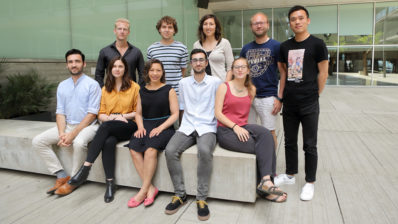
Cancer


Chimps and gorillas’ genomes could help better understand human tumours
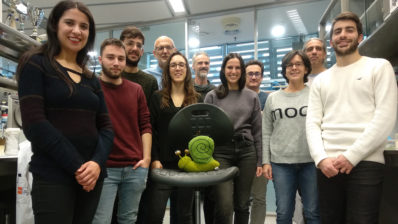
Designing inhibitors of tumor evolution to make cancer a chronic disease
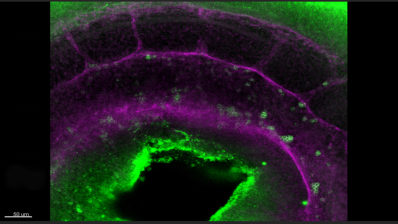
Towards the generation of blood stem cells in the laboratory
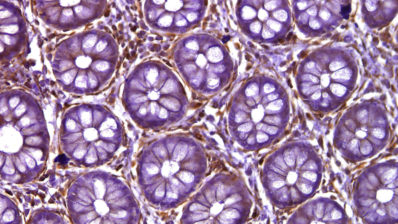
Analysing the Colon crypts
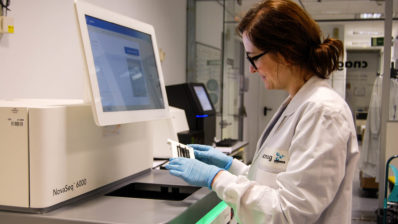
Ivo Gut (CNAG-CRG): “Pan-Cancer has been the world’s biggest cancer genome sequencing project”
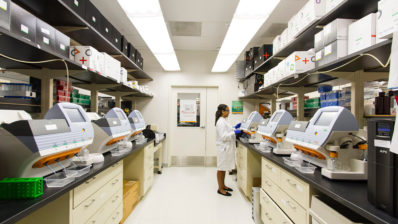
Designing PARP-specific inhibitors would enhance their effectiveness against cancer
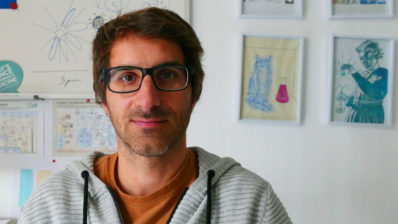
Toni Celià-Terrassa (IMIM): “More than 90% of cancer deaths are due to metastasis”
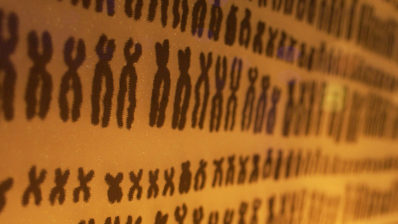
Six Y chromosome genes could explain men’s increased risk of cancer

Moving forward in immunotherapy research

The wonderful world of nanoparticles


